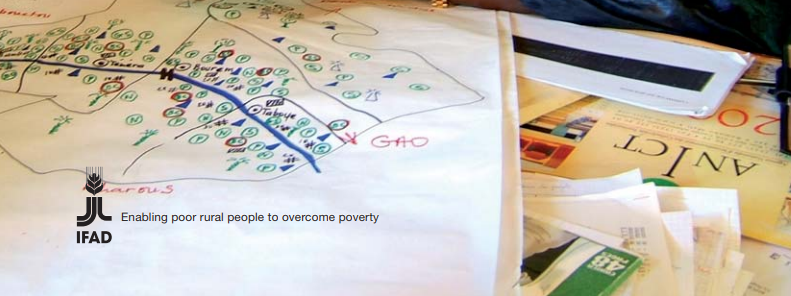An approach for including qualitative information in marine spatial planning in Norway
Ivar Svare Holand’s presentation detailed the intricacies of zoning for the multiple uses in intensely used marine zones for the municipalities present along the coast. At the core of their presentation were the technical problems of the zoning process. The less tangible conflict of imbalanced user interests was obscured by this focus.
One of the great economic drivers of coastal Norway is the fish farming industry. This relatively recent boom in fish farming has lead to a need for specific coastal zoning. The planning process for marine zoning needs to accommodate the multiple users groups present. The planning process is an exercise in geographic information systems (GIS), that is, computer mapping.
Any information on interest groups that does not have a specifically mapped spatial component is often discounted in zoning exercises. Stating explicitly that qualitative information on space use and point data were less weighted than polygon data demonstrated good awareness of the technical limitations of their approach. However, no alternatives to their approach were offered, and I think they were missing the key conflict at play.
The issue that they needed to highlight more was the power imbalance between industrial interests and private citizen land/resource use. My own research involves the impact of an industrial feature on a common public resource. In my case it is barren-ground caribou, a sustenance hunting food for northern people. It was interesting to see the same kind of interplay between explicitly monetary concerns (industrial use of a public area) and uses that are not assigned a monetary value. Governments are more incentivized to respond to industrial interests as they are more easily quantified. Degradation to things like identity, way of life, and happiness are more difficult to measure.
A solution to their planning dilemma is the participatory mapping framework developed by the UN’s International Fund for Agricultural Development (IFAD) (http://www.iapad.org/wp-content/uploads/2015/07/ifad_adaptive_approach.pdf). This framework allows for user groups that do not have previously mapped use of an area an opportunity to develop an accurate and current spatial representation of their land use. The land use is also tied to the significance it has in people’s way of life, and the non-monetary economic benefits can also be quantified.
The core discussion on the technical limitations of representations of space use has a tried and tested fix in the IFAD participatory mapping framework. The focus on the industry as the ultimate beneficiary of this process highlights the inherent imbalance present between industry and private citizens. While fish farming may be the driver behind their planning process, technical limitations are not a valid reason to prioritize it over other uses.


Recent Comments